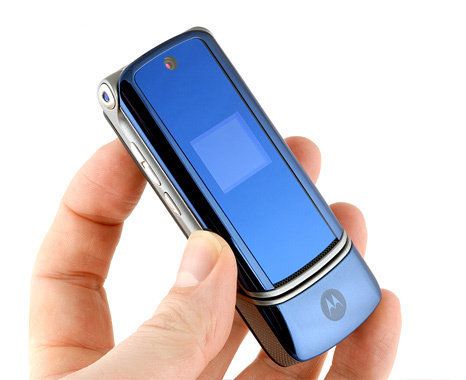
Anyone who wonders where mobile technology is taking America's elections should have heard Casey O'Shea talk this week about the political power of mobile technology.
At a symposium sponsored by Mobile Future, the National Field Director for the DCCC talked of a recent trip to Taiwan. Among other political trends he recognized, "They move massive amounts of people to the polls through the power of text messaging. Text messaging is more important than television."
Anyone involved in political organizing should look at the growth of mobile communication as the next Holy Grail of American and grassroots advocacy. At the same symposium, Jed Alpert, CEO of Mobile Commons, noted that not only has text messaging surpassed actual calls as the most popular form of mobile communication but its cost-effectiveness in elections is astounding.
For a political campaign, the acquisition cost of an "opt in" text user is about 13 cents. By comparison, the acquisition cost of door-to-door canvassing is about $2.50 and from phone calling, it's about $1.00. The difference in actual cost-per-vote results is even more glaring: $1.62 per vote for opt-in text lists compared with $20-$35 per vote from phone calls, leaflets and door-to-door visits.
With numbers like that, there should be no doubt that winning campaigns will probably be the ones that do the best job harnessing mobile opportunities. As O'Shea put it, "We're going to be microtargeting in a way that we never thought possible. The base of our party has a higher propensity to use mobile devices than just about any other segment of any other party."
Given recent nonpartisan analyses of the demographics of "cell phone only" users, O'Shea's confidence seems justified. Last month, the Pew Research Center reported of 62 percent of "cell phone only" people under 30 were Democrats while 28 percent were Republicans. By contrast, among "under 30" landline users, the gap was narrower: 54 percent Democrats, 36 percent GOP.
Looking to the future, the real advantage will come to whatever campaigns take advantage of the next step forward in mobile technology: streaming video to the phone. In 2006, it took almost a week for Sen. George Allen's infamous "Macacca" line to reach critical mass. Same with the Hillary Clinton-Apple Computer spoof last year.
In both cases, you might have heard about it from an email or SMS, but you couldn't watch it until you got home.
But with mobile video streams rapidly becoming mass market, the ability to harness a movement's response to breaking news will be remarkable - a matter of hours and minutes, not days.
So, readers, if you're planning for the revolution, don't delay creating your campaign's mobile strategy. Remember, you only have about 380 days left until the 2009 elections.
The video from Mobile Future's forum is posted at www.mobilefuture.org.